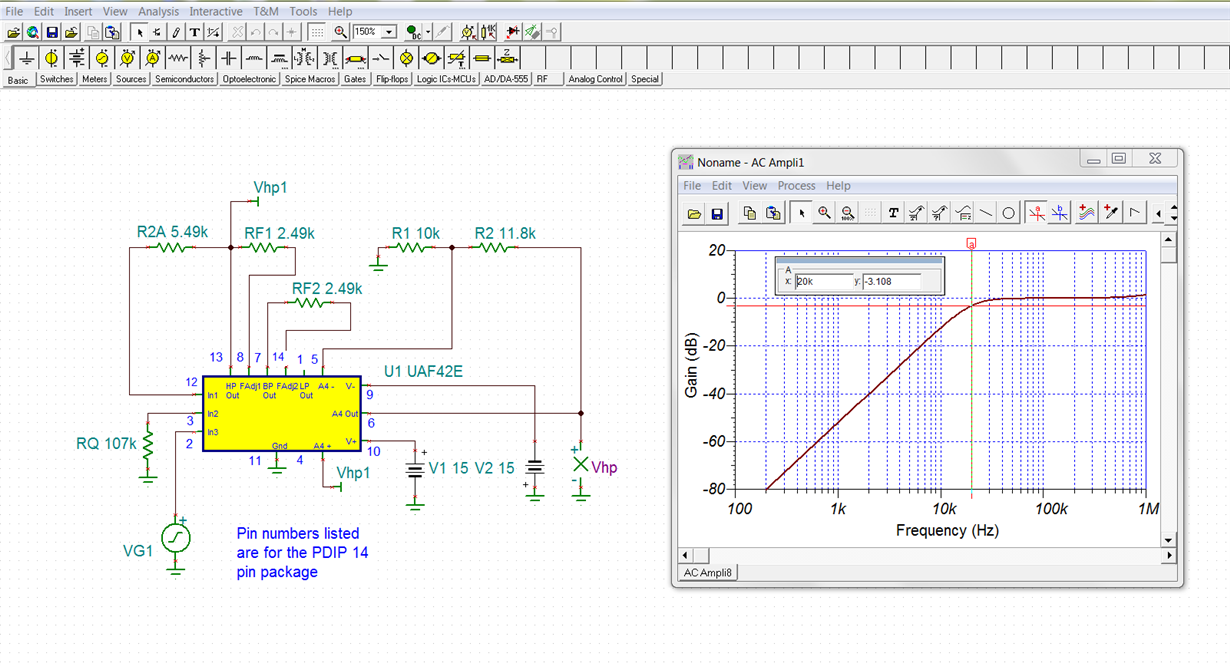Question:
I need a high-pass filter with a cutoff frequency of 20 kHz. The passband must extend up to at least 500 kHz. A second-order type should be sufficient. Noise and size should be made as small a possible, with low noise being the primary driver. Are there modules/IC chips that can solve this problem? Am I limited to constructing it from op-amps? Are there switched-capacitor filters that work in this frequency band?
Thanks




